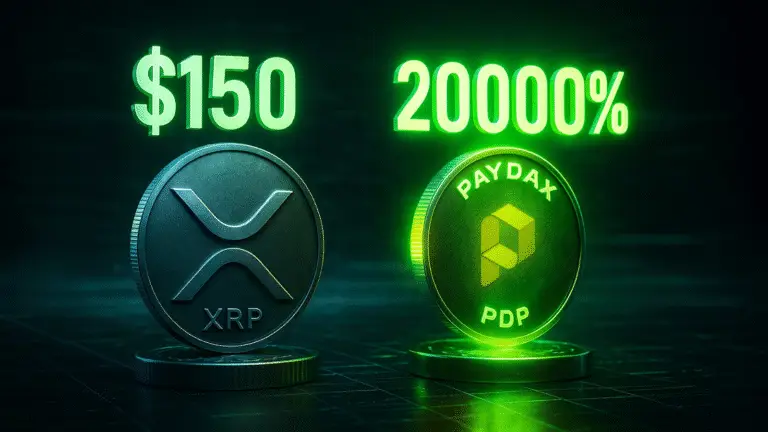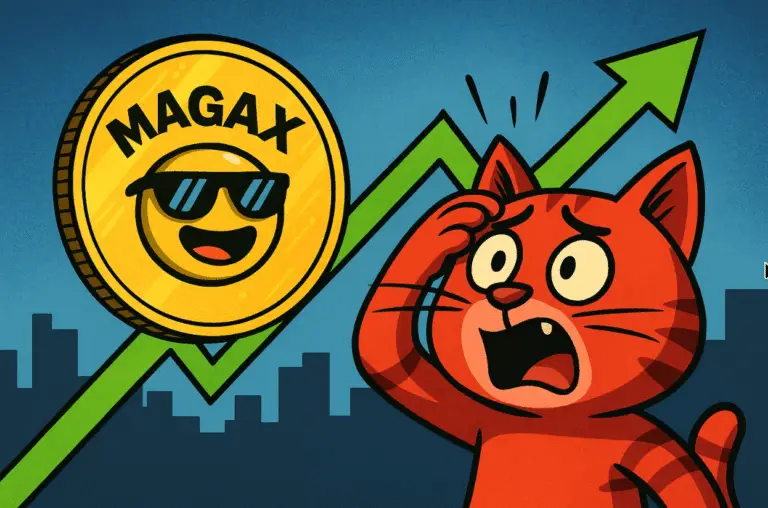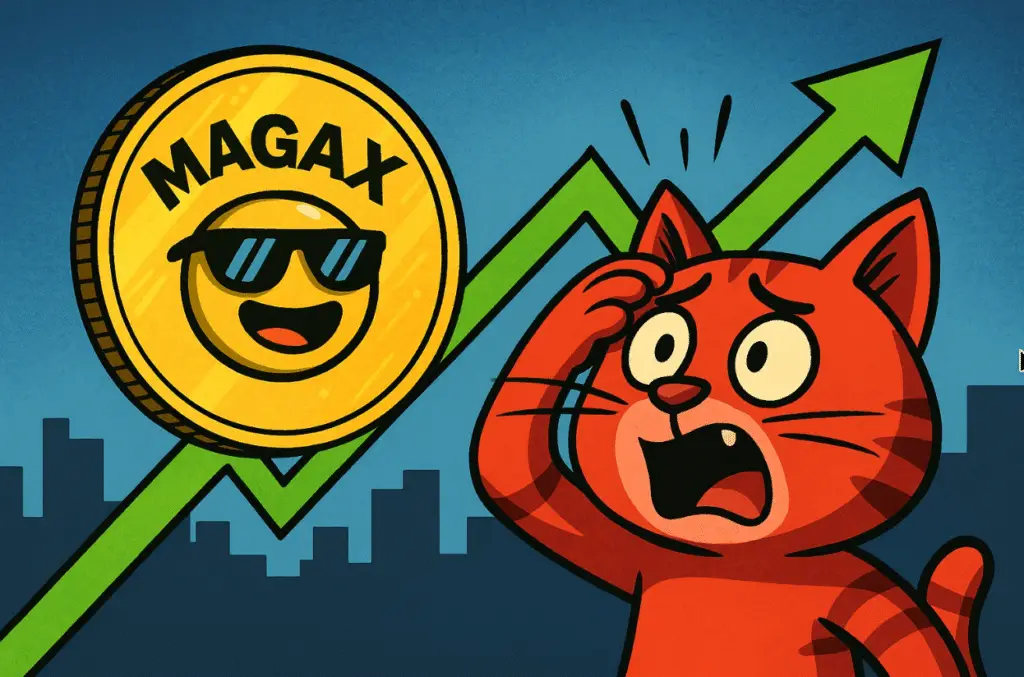A Historic Bitcoin Movement
In a series of transfers that have captivated the crypto world, eight long-dormant Bitcoin wallets, dating back to the network’s early days, moved a staggering 80,000 BTC. Each of these wallets, which had been inactive for years, transferred approximately 10,000 BTC to new SegWit addresses. These transactions represent the single largest movement of Bitcoin in the network’s history and have ignited intense speculation about the entity behind the wallets.
The Rise of Quantum Security
The choice of SegWit addresses for these transactions is particularly significant. SegWit, or Segregated Witness, offers enhanced security features that are seen as a proactive measure against potential threats posed by future quantum computing. While fully functional quantum computers capable of breaking current cryptographic standards are still decades away, their theoretical power has long been a concern for the crypto community. The wallets’ owners, by utilizing SegWit, appear to be preparing for this distant but significant threat, highlighting the growing importance of quantum security in the digital asset space.
Market Impact and Speculation
Following the transfers, a portion of the moved funds, roughly 28,600 BTC, was sent to Galaxy Digital. Approximately 9,000 BTC of that amount was then sold, which analysts believe contributed to a 5% drop in Bitcoin’s price from its recent all-time high of $123,000. The sheer scale of the sell-off underscores the market-moving power of these long-held assets. Beyond the price action, the identity of the wallet owner has become a major topic of conversation, with some in the community pointing to Roger Ver, often referred to as ‘Bitcoin Jesus,’ due to his early involvement with the network and recent legal issues.
The Role of OP_RETURN Messages
During the period of these transfers, the blockchain also saw an unusual flurry of OP_RETURN messages. These messages, which can be used to embed small amounts of data into a transaction, were widely interpreted as a spam campaign. Some theorize that these messages were an attempt to pressure the wallets’ owner into proving control over the funds, though no definitive evidence has surfaced. This side event added another layer of intrigue to the already mysterious transactions and further demonstrates the high level of scrutiny placed on dormant Bitcoin holdings.
Developer Response and Future Outlook
In the wake of these events, discussions among developers and experts have intensified regarding how to best protect Bitcoin’s network from future risks. Proposals are being developed to strengthen the network’s cryptographic foundations and secure vulnerable wallets. While no hacking has been confirmed, the transfers have served as a wake-up call, shifting the focus from the immediate price fluctuations to the long-term technological resilience of the network. This episode has made it clear that as the world of technology evolves, so too must the security measures underpinning digital assets like Bitcoin.
Read More: Bitcoin Slips Below $112K Amid Divergent Derivatives Signals















